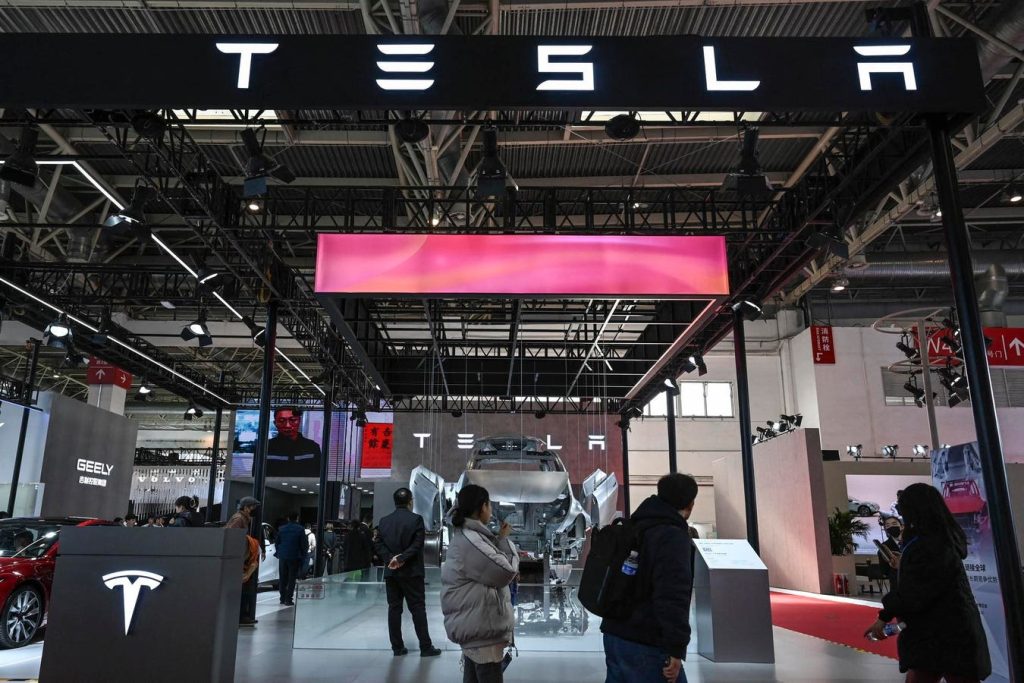Tesla
TSLA
commenced deliveries of its new Cybertruck on Thursday after almost two years of production delays amidst supply chain issues and technical complications. Tesla is counting on the model, which is its first all-new passenger vehicle launch in over three years, to build buzz and compete in an increasingly crowded EV market and over 1 million people have paid to reserve a Cybertruck thus far. So will the truck drive the next wave of growth for Tesla? We think it looks unlikely, for a couple of reasons.
Prices for the vehicles were higher than we were anticipating. Tesla advertised a starting price of $40,000 during the first unveil event back in 2019 and investors were expecting a price of about $50,000, considering EV raw material price inflation over the last few years. However, Tesla now says that the base rear-wheel-drive variant of the vehicle will be priced starting at about $61,000, which is over 50% more than what was initially promised. Moreover, this base variant will only be available starting in 2025. The dual motor all-wheel drive variant, which will be available from 2024 is priced at about $80,000, while the top-end “Cyberbeast” model has a $100,000 price tag. For comparison, Rivian’s highly acclaimed (and slightly smaller) R1T has a starting price of $73,000, while Ford’s more conventionally styled F-150 Lightning is priced starting at about $50,000. The higher price tag could mean that a good chunk of the initial pre-ordered, which required a $100 refundable payment, will not move forward with their orders.
Overall we believe the Cybertruck will be a more niche vehicle for Tesla, catering to an affluent customer base. For perspective, the Model S sedan, which starts at $75,000, and the Model Y which starts at about $80,000, together sold about 16,000 units as of the most recent quarter, accounting for under 5% of Tesla’s total volumes. We could see slightly higher volumes on the Cybertruck. Tesla for its part has said that it eventually plans to build out about 250,000 Cybertruck pickups per year post 2025 onward. While we believe this number may be a bit lofty considering the high price of the vehicle, Tesla could eventually introduce more lower variants or slash entry prices, as it has done with its Model Y and Model 3 recently.
Overall, TSLA stock has seen little change, moving slightly from levels of $235 in early January 2021 to around $240 now, vs. an increase of about 20% for the S&P 500 over this roughly 3-year period.
Overall, the performance of TSLA stock with respect to the index has been quite volatile. Returns for the stock were 50% in 2021, -65% in 2022, and 95% in 2023. In comparison, returns for the S&P 500 have been 27% in 2021, -19% in 2022, and 19% in 2023 – indicating that TSLA underperformed the S&P in 2022. In fact, consistently beating the S&P 500 – in good times and bad – has been difficult over recent years for individual stocks; for other heavyweights in the Consumer Discretionary sector including AMZN, HD, and TM, and even for the megacap stars GOOG, MSFT, and AAPL.
In contrast, the Trefis High Quality Portfolio, with a collection of 30 stocks, has outperformed the S&P 500 each year over the same period. Why is that? As a group, HQ Portfolio stocks provided better returns with less risk versus the benchmark index; less of a roller-coaster ride as evident in HQ Portfolio performance metrics. Given the current uncertain macroeconomic environment with high oil prices and elevated interest rates, could TSLA face a similar situation as it did in 2022 and underperform the S&P over the next 12 months – or will it see a strong jump?
We currently remain relatively neutral on Tesla stock, with a $237 price estimate, which is slightly below the current market price. We continue to believe that Tesla will remain a big beneficiary of the long-term transition to cleaner transportation and energy generation, with the company benefiting from its well-oiled supply chain, superior battery and drive train tech, and its lead with software and self-driving technology. However, Tesla stock presently trades at about 69x 2024 consensus earnings, which could limit near-term upside. Competition is also mounting and besides the Cybertruck, Tesla’s model line-up is aging, with its four other vehicles remaining the same visually since launch. This is in contrast with mainstream automakers, who typically overhaul vehicle models every seven to eight years. Separately, Tesla’s price cuts in the United States as well as China are impacting margins. Tesla’s earnings for 2023 are projected to decline year-over-year. See our analysis on Tesla Valuation: Is TSLA Stock Expensive Or Cheap? for more details on Tesla’s valuation and how it compares with peers. For more information on Tesla’s business model and revenue trends, check out our dashboard on Tesla Revenue: How Does TSLA Make Money?
Invest with Trefis Market Beating Portfolios
See all Trefis Price Estimates
Read the full article here



